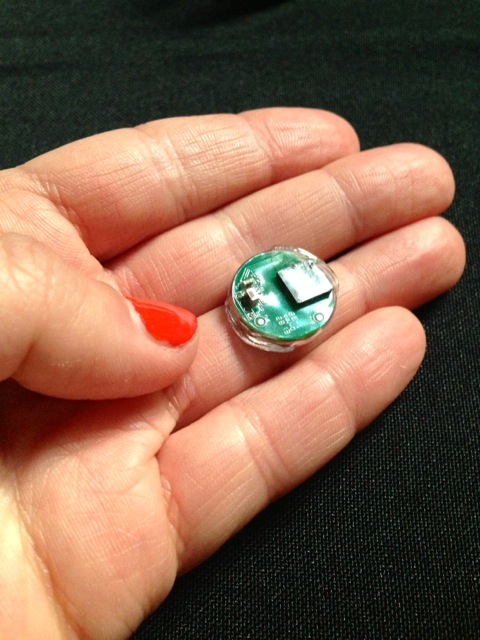Broadcom CEO predicts a crowded market soon for wearable tech


SAN FRANCISCO -- Google Glass, FitBit, Pebble, Whistle. Arguably there are only a handful of wearable tech devices that the average consumer with a casual knowledge of mobile gadgets might know by name.
That's all about to change if you listen to some tech industry analysts and manufacturing leaders.
During a Q&A session on Wednesday, Broadcom CEO Scott McGregor admitted that it's hard to predict just how big the wearable tech market will end up being based on varying analyst reports. He speculated that most believe the sector will grow by a factor of 10 over the next five years.
See also: Broadcom tapping into wearable tech market with new Wi-Fi framework
But before the wearable tech market can even get off the ground, McGregor asserted that there are three challenges that need to be dealt with and overcome first: the form factor needs to be compact with both low power and low cost requirements.
There are a few other constructs that mind prove hindersome -- namely differentiating wearable tech from existing portable devices and justifying their necessity in consumers' lives.
McGregor hinted that wearable tech also requires a new perspective along the supply chain as well. He suggested that PCs often "celebrate the processor," while smartphones celebrate the baseband.
But with wearable tech, McGregor said it's about celebrating the other forms of connectivity.
This is where Broadcom wants to come in.
McGregor revealed that Broadcom wants to be an adjacent market partner with smartphone makers, positing that (at least initially) mobile OEMs and then consumers will have to use cell phones as the gateway for these wearable devices to communicate.
Going back to those three challenges he highlighted, McGregor pulled out a coin-sized battery, roughly the same size and weight as a dime.
McGregor asserted that while 4G can't work on a battery this small (at least not for another year), he said that it can support multiple other connectivity options, including NFC, Bluetooth, GPS and Wi-Fi. The button-like module can also run Android or Linux.
For developers that might be ready to start rolling out actual units of their designs, McGregor estimated that the price tag would be in the "single digits" per unit when ordering in shipments of thousands.
Beyond the connectivity, the use cases that McGregor still seem a bit limited -- basically flashing lights when receiving an alert sent via one of the aforementioned connectivity channels from a connected mobile device. Some examples include getting a green or red light when certain stocks are up or perhaps when someone's child has walked off a little too far.
Then again, this vertical is still in its very early stages of infancy.
The strategy for Broadcom at this point is to position itself as a partner to basically companies of all sizes (individual developers up to the enterprise), and let them handle it from there.
Reiterating existing integration of its networking technology on numerous smartphone models, McGregor also argued toward Broadcom's strength by having existing support and distribution channels already in place. For instance, smaller companies could take advantage of the fact that Broadcom already has modules that are pre-FCC certified.
McGregor also predicted that the wearable tech market will be quite different in the sense that there will still be the "same 10 mobile companies" that lead the smartphone making wearables.
He continued that there will be "thousands" more too in the wearable tech space, pointing toward the amount of projects pointing on Kickstarter as an initial reference point.
Forecasting that "we will absolutely see others knocking off Google Glass, as one example, McGregor quipped, "I think there are thousands more of those wacky ideas out there.